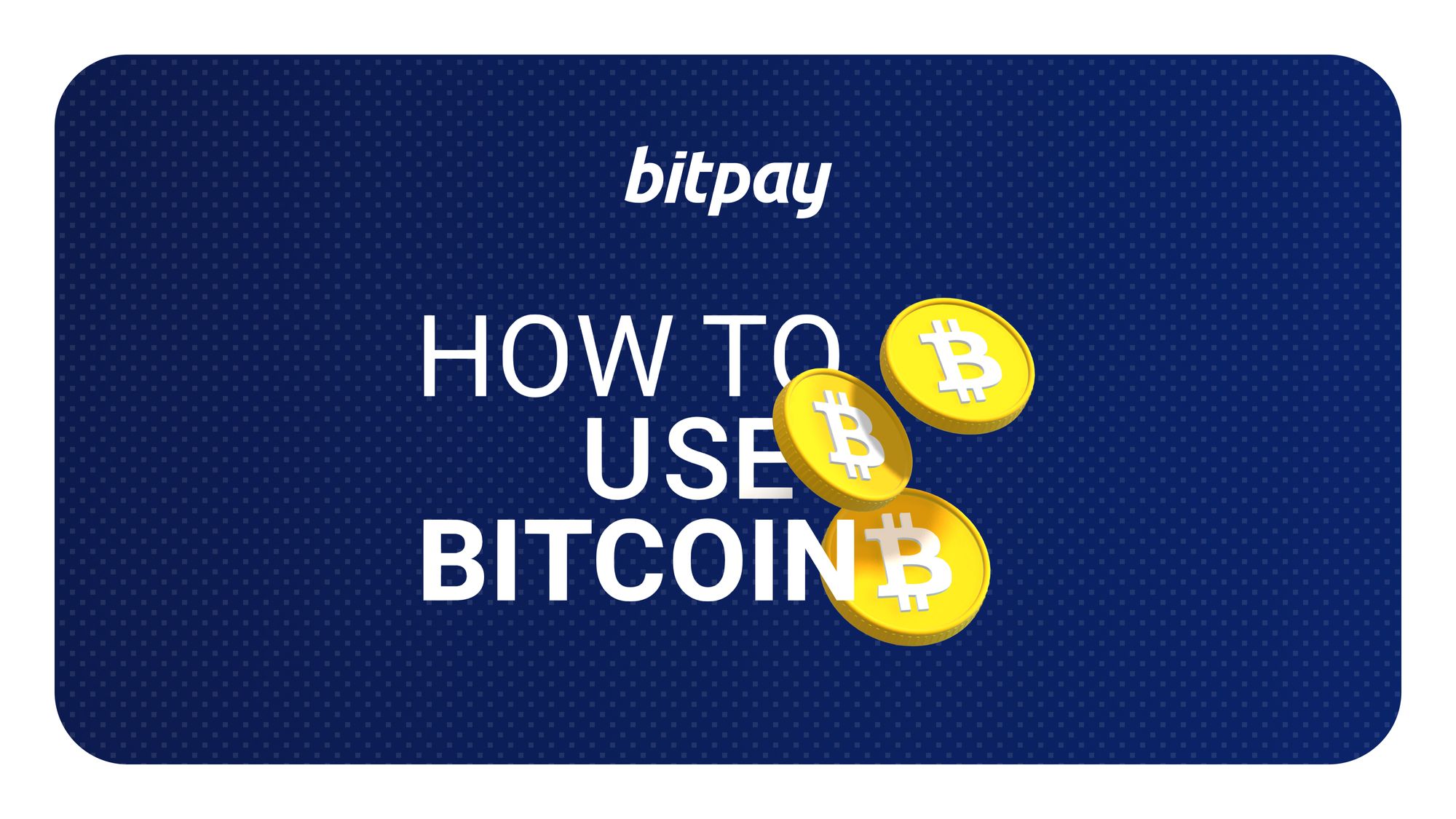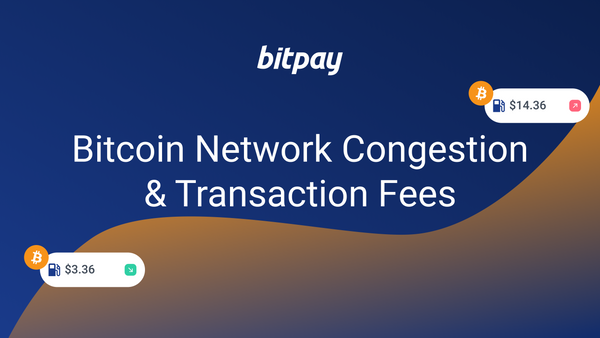Acquiring and using Bitcoin starts with choosing a wallet. Once you’ve done that, you are able to buy, spend or swap/trade Bitcoin and other cryptocurrencies. From there, an extensive number of advanced blockchain activities and alternative cryptocurrencies await.
Bitcoin was the first cryptocurrency to gain widespread acceptance, and is credited with introducing the world to both digital money and the blockchain. Bitcoin’s 2009 launch was in many ways a shot across the bow of the traditional financial world. Its decentralized peer-to-peer network operates completely outside the authority of banking or governmental entities. This allows users to send money around the world faster and cheaper than was ever possible before. Since its launch, thousands of other cryptocurrencies have come and gone, but Bitcoin remains by far the world’s most-used crypto as well as the most recognized by name. But despite its global popularity, some people may still find getting started using Bitcoin a little intimidating. The good news is that it’s really not as complicated as it might seem. Ahead, we’ll demystify some of the process, laying it all out in 5 easy-to-follow steps.
Step 1: Get a wallet
No, not the leather kind you keep in your pocket or purse. A crypto wallet is a piece of software or hardware that’s used to manage your funds on the blockchain. Whenever you spend, send, or receive cryptocurrency, a wallet facilitates the transaction. There are several different kinds of crypto wallets out there. Check out our in-depth primer on the different types of crypto wallets for a crash course.
There are a few things to consider when determining which Bitcoin wallet is the best for your needs, so don’t miss this article covering the differences and use cases if you need some help deciding.
Typically, a mobile software wallet like the free BitPay Wallet app is a good entry point for beginners. Need help creating a wallet in the BitPay app? Piece of cake.
The best Bitcoin wallet app for stackers and spenders
Step 2: Get Bitcoin
Now that you’ve created your wallet, you’re ready to stuff it full of Bitcoin! As the most popular cryptocurrency, Bitcoin is widely available for purchase from most crypto exchanges, but you have a few different options for where and how you acquire it. One of the easiest and most convenient ways is to buy Bitcoin directly through the BitPay app. BitPay pulls rates from multiple providers and automatically highlights the best offer, ensuring you get the best possible rate on Bitcoin purchases.
Want to receive Bitcoin from friends or family? Or send funds to another user’s wallet? Follow these instructions and you’ll be sending and receiving Bitcoin in no time at all.
Step 3: Spend Bitcoin
Now comes the fun part. With your wallet freshly stocked with Bitcoin, it’s time to do some spending. You have a number of options here, and BitPay makes it super easy to start paying with Bitcoin..
Whether you’re looking to transact directly with merchants who accept crypto, load up a crypto debit card or convert your holdings to gift cards, you can do it all right from the BitPay app. What can you actually buy with crypto? Pretty much anything you can imagine, from cars and cell phones to airline tickets and food delivery. Read through our A-Z guide on what you can buy with Bitcoin for a more complete list.
Maybe you’re less interested in making purchases in crypto and instead prefer to keep things between friends and family. No problem. Bitcoin was created as a peer-to-peer (P2P) payments network after all, so most wallets make it easy to send or receive funds directly to or from another user’s wallet.
Step 4: Advanced Bitcoin use
Now that you’ve gotten the basics down, it’s time to step things up and talk about some more advanced uses for Bitcoin.
Dollar-Cost Average (DCA) Investing
If you are intent on investing in Bitcoin, a popular framework to follow is called dollar-cost average investing. Instead of making occasional, lump sum investments, DCA investing entails making smaller, regular buys. The process is common in traditional stock investment strategies and allows you to reduce your average purchase price on Bitcoin. Read our guide to dollar-cost investment to learn more.
Trading
Cryptocurrency trading functions much like the traditional stock market, where traders can speculate on the up or down price movements of Bitcoin. However, before delving in, remember that crypto prices (not counting stablecoins) tend to fluctuate a great deal more than investment vehicles like stocks or bonds. As with any investment, do your homework, and never invest money you can’t afford to lose.
Bitcoin mining
If you’ve got the computer processing power to spare, you can try your hand at mining Bitcoin. Bitcoin miners help secure the network by validating transactions, ensuring their legitimacy before packaging them into blocks which are then broadcast to the network and added to the chain of previous transaction blocks. Miners are rewarded in Bitcoin for their efforts, but be forewarned that competition is fierce, and the process of mining Bitcoin is extremely resource-intensive.
Running a full node
One way you can participate in making the Bitcoin network safer and more reliable is by running what is known as a full node. A full node is a computer running the Bitcoin Core software, which contains the entire history of the Bitcoin blockchain. Nodes validate transactions and blocks within the network before they’re added to the blockchain. They provide an important function, and are what enable blockchains to operate independently of third-party control.
Step 5: Explore more cryptocurrencies
The final step of the process is to get out there and see what else the world of cryptocurrency has to offer. Bitcoin may be the largest and most valuable cryptocurrency, but there is so much more out there to discover and explore.
Ether (ETH) is the native token of Ethereum, a decentralized blockchain that enables the creation of smart contracts. ETH is the second most-valuable crypto behind Bitcoin, but their blockchains function very differently. While the Bitcoin blockchain is predominantly a P2P payments network, Ether works more like a massive, open-source software development platform. This allows blockchain developers to create all sorts of decentralized applications (dApps) and self-executing smart contracts. Ethereum is also known for facilitating access to a vast ecosystem of decentralized financial services known collectively as Decentralized Finance (DeFi).
In addition to ETH, there are a ton more cryptos and blockchains to explore. Instead of buying into these cryptos with fiat currency, you can try your hand at swapping your BTC for alternative coins. Read our guide to crypto swaps to get started.
Forward-look at using Bitcoin
Bitcoin has emerged as a revolutionary digital currency, offering a decentralized and secure alternative to traditional banking systems. With the integration of Bitcoin into mainstream businesses, it has become increasingly accessible and easier to use. Users can start by getting a wallet to manage their funds on the blockchain, acquire Bitcoin through various methods, and then enjoy the convenience of spending it at a growing number of merchants worldwide. Moreover, advanced users can explore investment strategies like dollar-cost averaging, engage in cryptocurrency trading, try their hand at Bitcoin mining, or contribute to the network by running a full node. Additionally, there is a whole world of cryptocurrencies beyond Bitcoin to discover, such as Ethereum and its decentralized applications. With the evolving landscape of cryptocurrencies, there are endless possibilities to explore and participate in this exciting digital realm.
FAQs about using Bitcoin
How do I use a Bitcoin wallet?
Using a Bitcoin wallet can seen intimidating at first. But once you understand the core concepts of Bitcoin and its use cases, using the wallet is as simple as your banking app. The core actions you'll complete in a Bitcoin wallet will be: buying crypto, paying a crypto invoice, sending crypto, receiving crypto, tracking your portfolios value and swapping crypto.
Where can you use Bitcoin?
Thousands of merchants accept Bitcoin as payment. BitPay's Merchant Directory contains a curated list of the top merchants that accept Bitcoin online and in-store.
Who uses Bitcoin?
People from all walks of life across the world use Bitcoin everyday. Some use it for its decentralized, privacy-centric nature. Other's use it because crypto can be easier and cheaper to send than traditional currency.
What is Bitcoin used for?
Overall, Bitcoin is used as a decentralized means to transfer value from peer-to-peer. This means no bank or government is necessary, just two (or multiple more) parties who wish to exchange value. It is used to transfer value across businesses, between consumers and businesses and between individuals.
Can I use Bitcoin to buy things?
Absolutely! Bitcoin is the most commonly used cryptocurrency used to buy a whole range of things. From cars and electronics, to travel and clothing – millions of Bitcoin transactions are completed each year.


